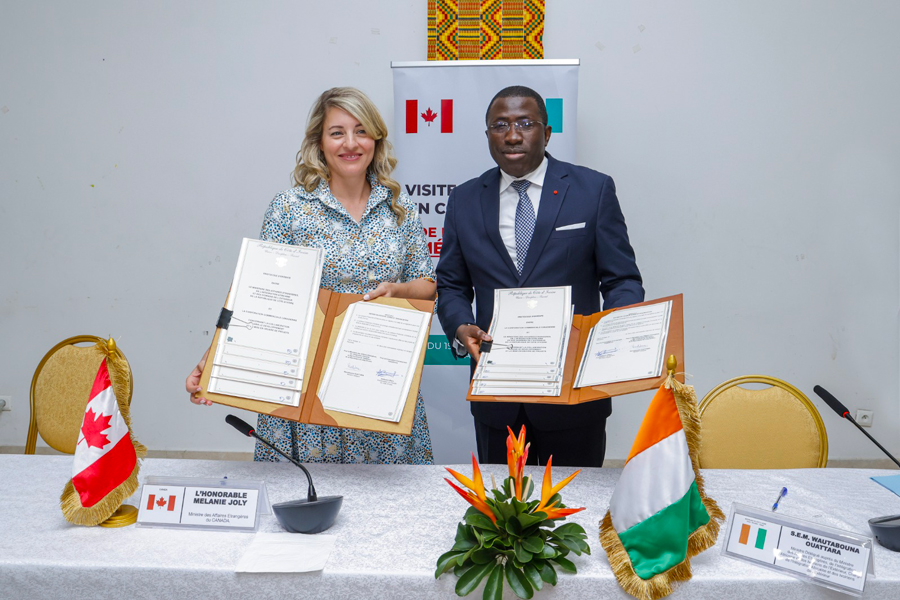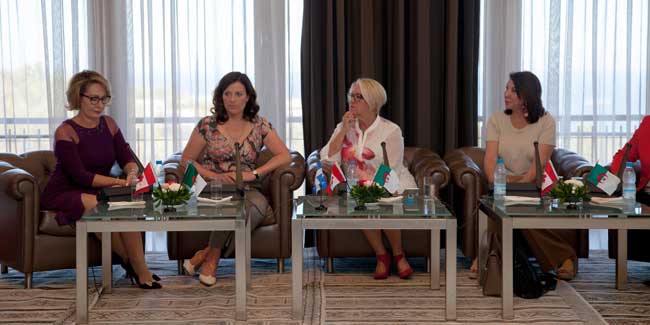Hockey Canada publishes an annual report, but there are no financial statements. However, we learn that 6% of revenue comes from the state and that 43% comes from sponsorship and commercial activities. (Photo: 123RF)
ANALYSIS. The use of opaque funds to compensate victims of sexual abuse in underage hockey and protect perpetrators from the justice system has sparked an unprecedented wave of protests against Hockey Canada.
After the Canadian government called for a purge at the top of Hockey Canada, several major sponsors, including Tim Horton, Canadian Tire, Telus, Esso and Scotiabank, jumped ship
Hockey Canada is the non-profit organization (NPO) that manages minor hockey activities in Canada. It is governed by a board of directors elected by the members who make up the general assembly. These members are 13 sports associations or clubs recognized by Hockey Canada. There is one per province, except in Ontario, where there are three, and northern Canada, where there is one. At the annual meeting, Ontario has five votes, Quebec has three, and the others have one each.
Since the August 6, 2022 resignation of Joliette lawyer Michael Brind’Amour, who was president, Hockey Canada’s board has included eight people: a Toronto lawyer (Andrea Skinner, who is serving as interim president), a Calgary lawyer and six men from minor hockey teams in different provinces who, on paper, have no particular knowledge of governance and administration.
These people are volunteers, but their expenses are paid. The CA relies on a huge administrative structure, headquartered in Calgary, whose operating costs are unknown. This board has six committees, but we don’t know who sits on them. Furthermore, it is difficult to imagine how eight or nine volunteers can effectively lead so many committees.
Great coverage
Hockey Canada publishes an annual report, but there are no financial statements. However, we learn that 6% of revenue comes from the state and that 43% comes from sponsorship and commercial activities. Each of the 650,000 underage hockey players pays the organization a $3 registration fee. Each player also costs $13.65 for insurance, which is provided by the National Equity Fund, which has paid out $8.9 million to settle 21 cases of sexual allegations in hockey since 1989. There is also another emergency fund, the Participants Legacy Trust Fund, which has been allocated $7.1 million. It was created to resolve lawsuits, allegations and other disputes.
Another indicator of opacity is that there is no Hockey Canada financial information on the Canada Revenue Agency-recognized charities website. On the other hand, we find Hockey Canada Trust, which reported $28 million in assets as of June 30, 2021, including $27 million in cash. For the 2020-2021 fiscal year, it reported $3.9 million in revenue and $1.9 million in expenses. We don’t know what the expenses are.
Bad accountability
As the Trudeau government pushes for a shakeup of Hockey Canada’s leadership, nothing is forcing Hockey Canada’s board of directors to comply. This purge is particularly aimed at Scott Smith, who has been associated with Hockey Canada since 1997 and rose to president and CEO on the 1stum July 2022, following the resignation of his predecessor Tom Renny on the same day. This was not enough to satisfy Canada’s sports minister, Pascale St-Onge.
Hockey Canada is only accountable to its board of directors, which, as we saw above, does not appear to be particularly competent given the immense bureaucracy that manages the organization. As for the CA itself, it is only accountable to its members when they meet at a general meeting. The latter can certainly fire the CEO, but it is a complex process, not forgetting that this departure would require significant financial compensation that could prove very costly for Hockey Canada. It has been reported that Scott Smith earns several million per year, but there is no confirmation of this.
Movement of Mercy
It is the members of Hockey Canada, 13 territorial sports associations and organizations, who can decide the fate of Scott Smith. By withdrawing his trust and his $260,000 donation from Hockey Canada, Hockey Quebec got the ball rolling. The Ontario Hockey Federation has asked that Hockey Canada not collect the $3 per player fee for the current year. Other associations are waiting for Judge Thomas Cromwell’s report on Hockey Canada’s leadership before responding.
Hockey Canada’s governance problem will not be solved by the departure of its CEO. A culture change is required. And this could include setting up a more professional and paid certification body. In complex organizations that are neither monitored by the state nor by recognized supervisory authorities, volunteer work reaches its limits.
Common problem
Hockey Canada’s failure of governance and the opacity of its management are not isolated cases. For example, nonprofits hide the fragility of their governance by not publishing annual reports or not having their financial reports audited. Their accountability is sometimes limited to a board whose members are not sufficiently qualified or appear to have conflicts of interest. You must be careful to distinguish well-managed organizations from those that do not.
This problem can also become very critical when there are large sums of money circulating in these organizations. Just think of the scandals and corruption that have marked the history of the International Football Association (FIFA), of which 14 executives were indicted for corruption in 2015, and the International Olympic Committee, whose administrators received bribes to influence the host countries of theirs have organized games.
* Jean-Paul Gagné is co-author of a book on the governance of non-profit organizations, Improve the governance of your NPO.
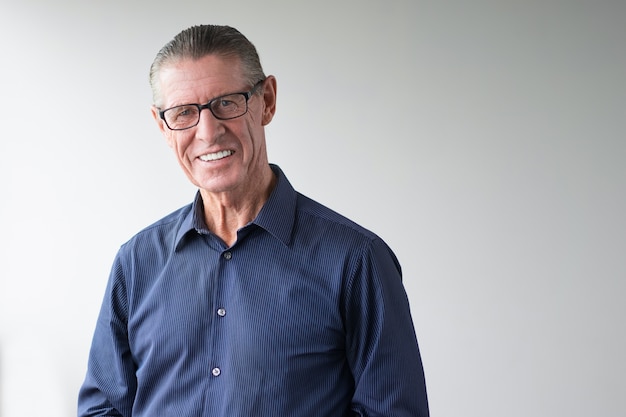
Incurable food practitioner. Tv lover. Award-winning social media maven. Internet guru. Travel aficionado.

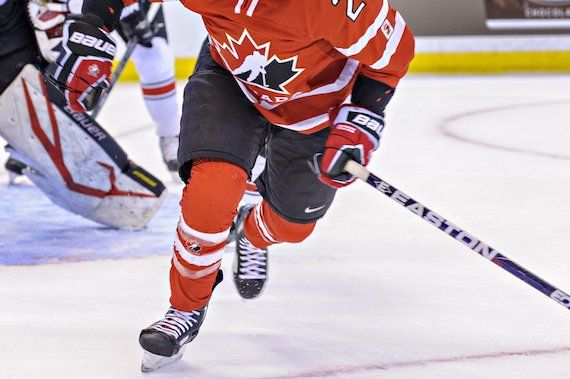
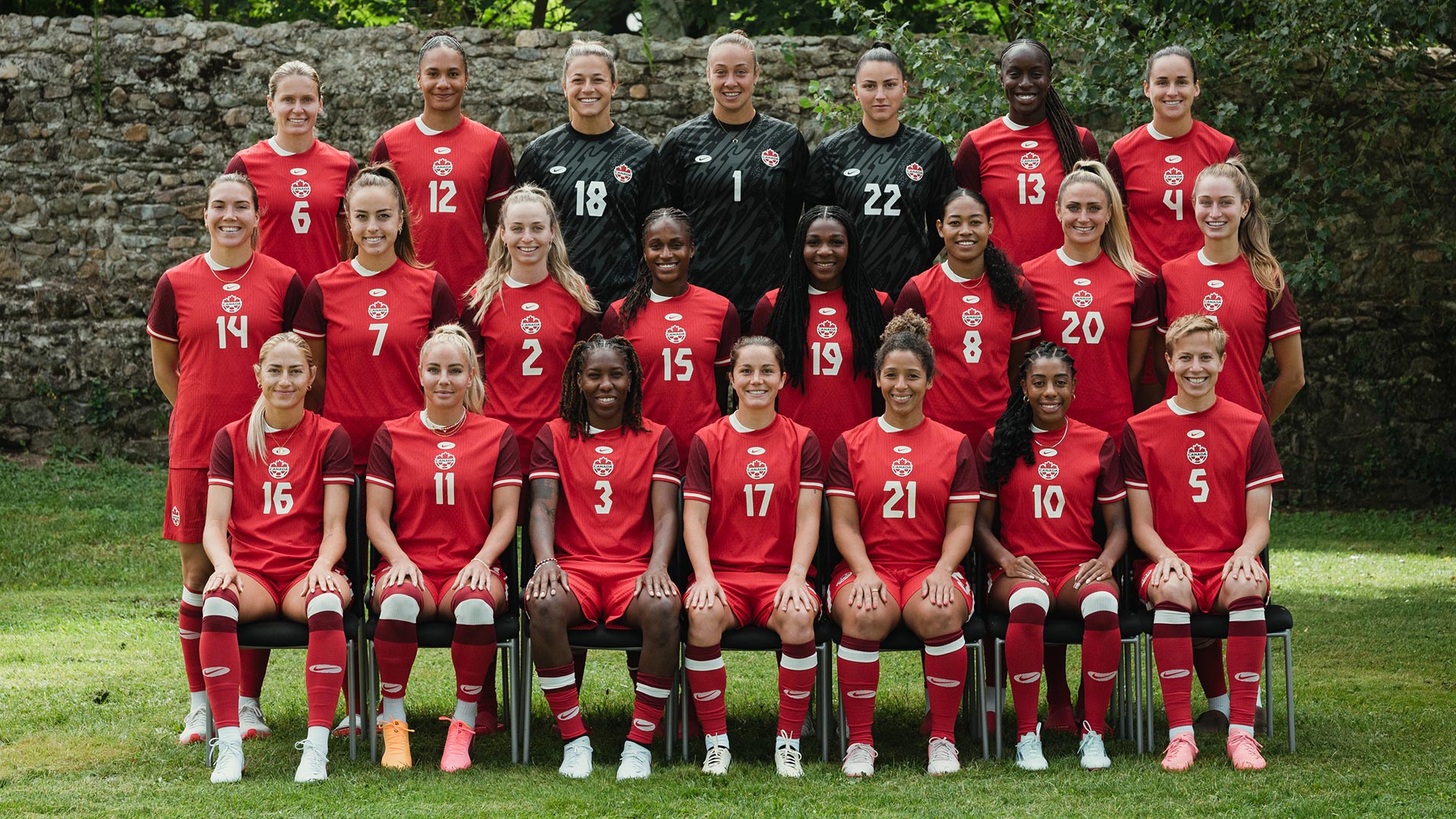
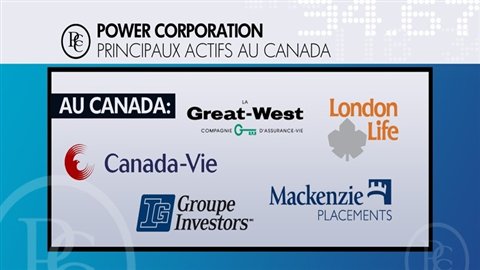

;Composite=(type=URL,url=https://images.radio-canada.ca/v1/assets/elements/16x9/outdated-content-2013.png),gravity=SouthEast,placement=Over,location=(0,0),scale=1)
